For over two years straight, unemployment rates have remained well below 4%. Nonetheless, a fragment of the population is still struggling to secure employment, which is all too common.

However, an emerging trend is young adults intentionally staying out of work. This category of people has been tagged NEETs—“not in employment, education, or training.”
One Is Staying Away From Work, and Another Has No Work
NEETs intentionally stay out of work, largely because they don’t find the economic returns of their employment enough motivation to hold down a job.

In another stroke of fate, another category is qualified, young, and agile, but with little experience. According to a recent report, this set of young adults who struggle to find employment is called ‘new unemployable.’
More Young Adults Are Becoming Unemployed
Alí Bustamante is a labor economist and the director of the Roosevelt Institute’s Worker Power and Economic Security program.

Thanks to the public data at Bustamante’s disposal, he can affirm that the unemployment rate among Gen Z adults (16 – 24 years old) rose to 9% in May. He claims that the rate is just suitable for young adults.
2023, A Year of Record-Low Unemployment
Bustamante further explained that in 2023, youth unemployment fell to 7%, which he affirms is a historic feat. This is partly because the labor market was very reactive at the time and took in all available hands in a bid to meet quotas.
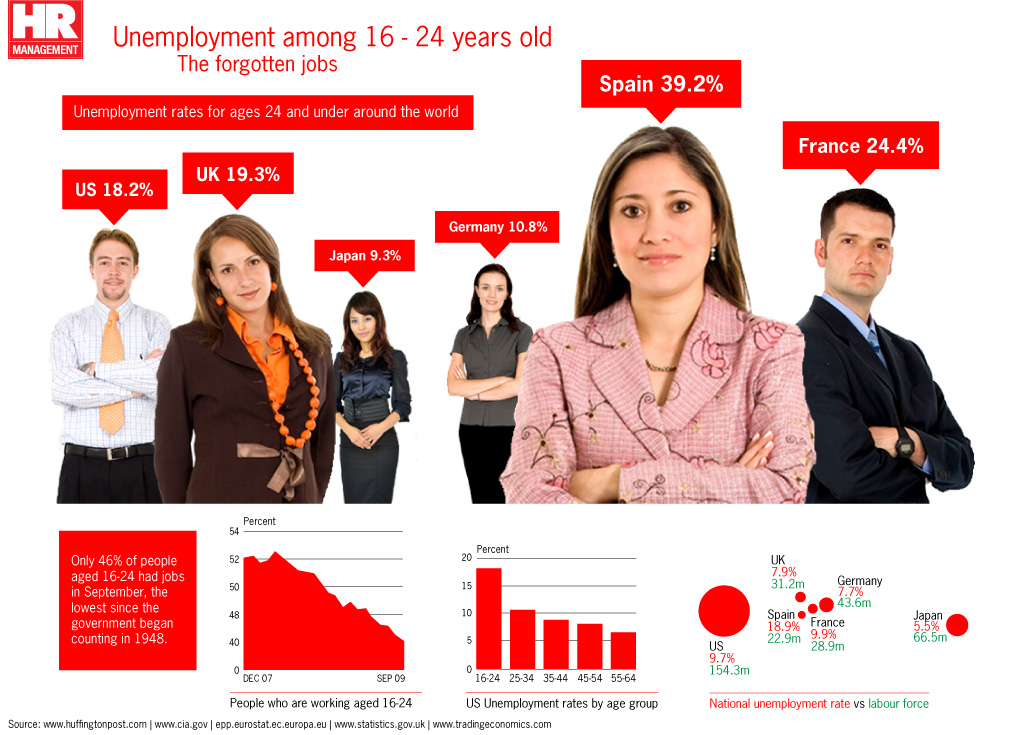
Like other labor economists, Bustamante suggests that the 9% unemployment rate among young adults is the sweet spot for the US economy.
ALSO READ: Let Us See How Much You Can Earn in Ten Years With a 4% Interest Rate
10% of Young Adults Are Staying Away From Work
However, 2023 data from the International Labor Organization (ILO) suggests that 11.3% of young American adults fall neatly within the NEETs niche. These young adults don’t have a job description, and they are not actively learning a skill.
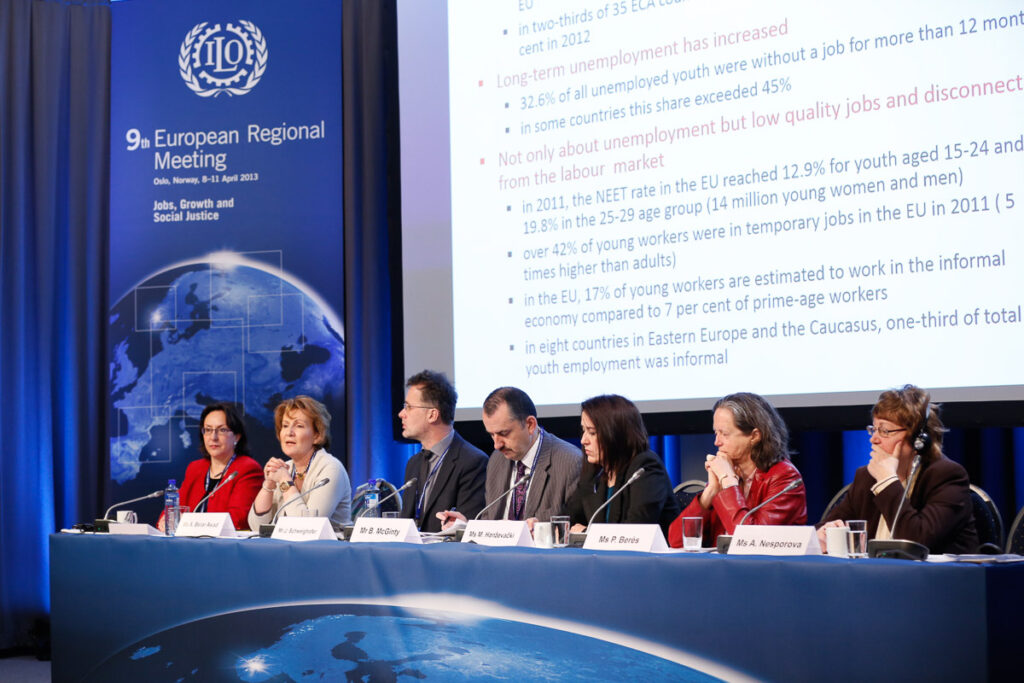
According to Bustamante, this brings the proportion of young adults “being left out and left behind” to one out of 10.
The NEETs Phenomenon Disproportionately Affects Men
Bustamante shared earlier that the NEETs rate in the population is just right for the economy. Nonetheless, he feels there can be improvements in the status quo.

Julia Pollak, another labor economist who is affiliated with ZipRecruiter, suggests that there are more men than women in the NEETs group. It “is mostly a male phenomenon,” she says.
More Women Are Upskilling
Pollak’s explanation for the disproportionate impact of the NEETs trend is interesting. She suggests that male-dominated career specializations are presently saturated.
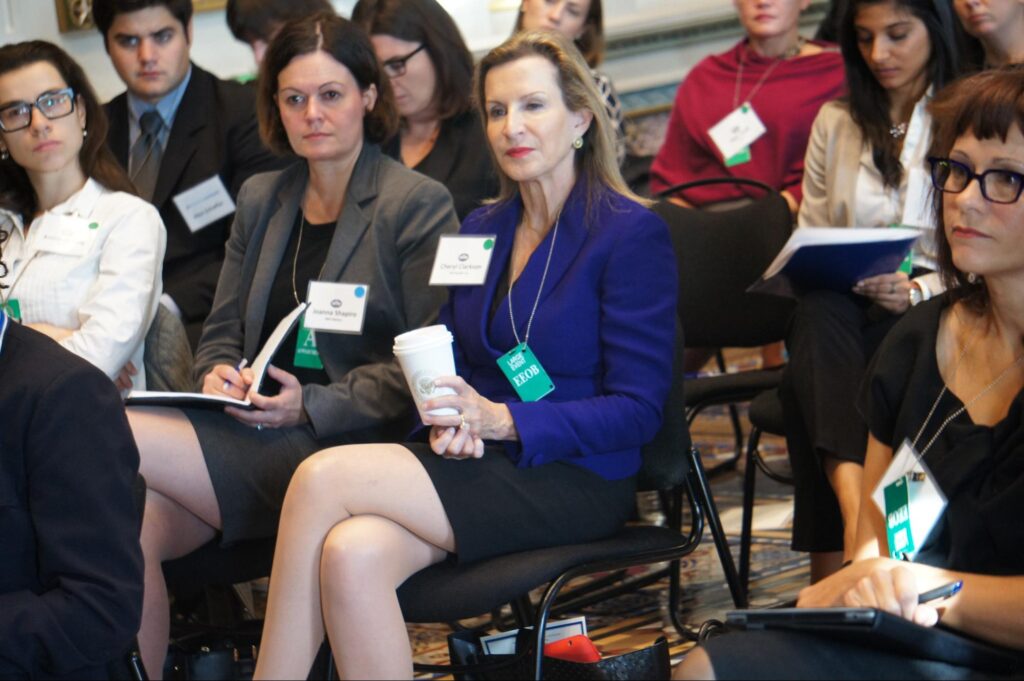
In addition, more and more women are obtaining new skills and qualifications, thus stoking them against men for an already meager number of jobs. So, women are naturally getting more jobs.
Upskilled But Finding It Difficult to Fill a Job Portfolio
At the other end of the spectrum is an emerging trend called “talent hoarding.” This captures a fraction of the workforce that is highly trained or skilled but just can’t manage to secure a job.

According to a report by Korn Ferry, there is a raging storm of “unemployables” out there. It seems most organizations have caught on and are working more on their retention. Leaving new arrivals to gather dust on the shelf.
Organizations Are Becoming Frugal With Their Talents
David Ellis, the senior vice president for global talent acquisition transformation at Korn Ferry, reiterates the reality of the “unemployable” phenomenon.

Ellis said, “Employers are holding on to their talent and increasingly focusing on talent mobility.” This means companies are becoming more fluid in maximizing their employees investing in staff development instead of new hires.
Labor Retention Leads to the Proliferation of Unemployable
Remember that old saying about every solution creating a new problem? Labor economists have found the “unemployable” phenomenon to be a prominent side effect of improved retention within US organizations.

So, the unemployed and highly qualified talents mostly float until there is a glitch in the recruitment system of their dream organization.
It Is Less Likely For Fresh Graduates to Get Jobs
According to a recent report by the National Association of Colleges and Employers, the likelihood of the class of 2024 securing employment is 5.8% lower than last year.
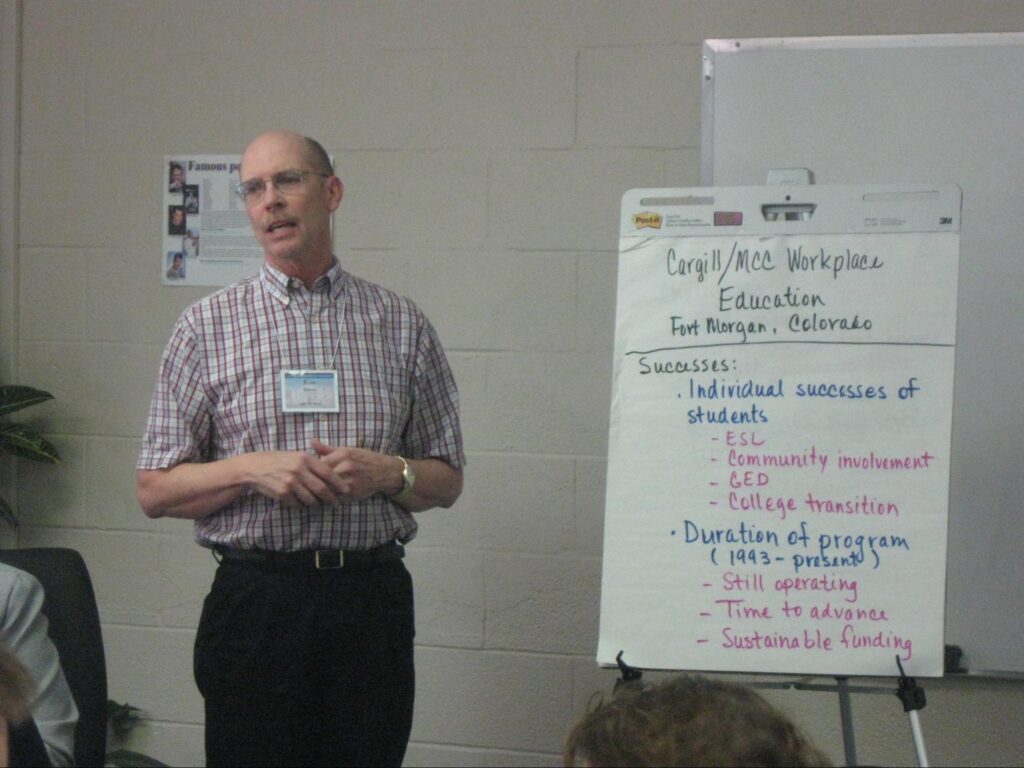
Fewer companies are hiring, and more trained prospects are vying for the available jobs, which might affect the overall employment rate. According to Korn Ferry, the number of people without jobs for more than six months has increased by 21%.
ALSO READ: Homeownership Among Black Millenials Trails Behind Others
All Hope Is Not Lost
Above all, Ellis feels there’s a silver lining to it all. He suggests getting proactive with the job hunts and not waiting for a publicized official job listing before taking a shot at nailing that dream job.
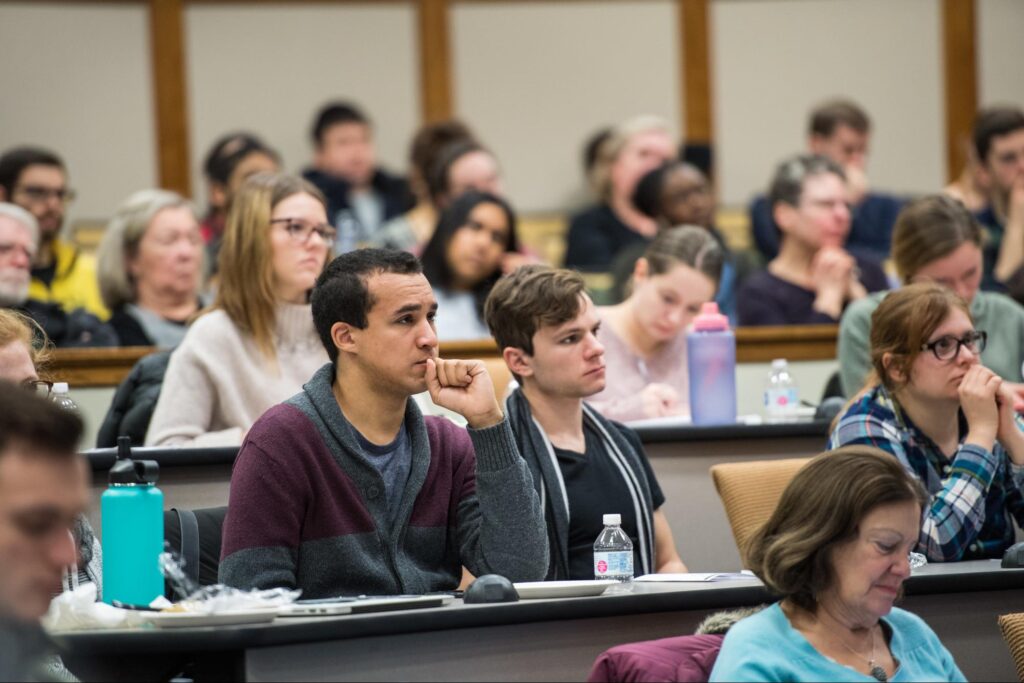
Ellis also suggests jettisoning attractive deal-breakers like promotions and raises. Instead, he advises getting your feet in the door, gaining skills and amassing experience, and then earning the dividends of your sacrifice later.
You Might Also Like:
Ex-McDonald’s Chef Gives Recommendations of Food To Either Try or Avoid at Its Restaurants
Boomers Can Make Lots of Money From Selling These Items From Their Younger Years
Spending Habits That Keep People Financially Weak

